Home>Data Storage>Memory Cards>Flash Memory Card – Best Ones Created By Intel
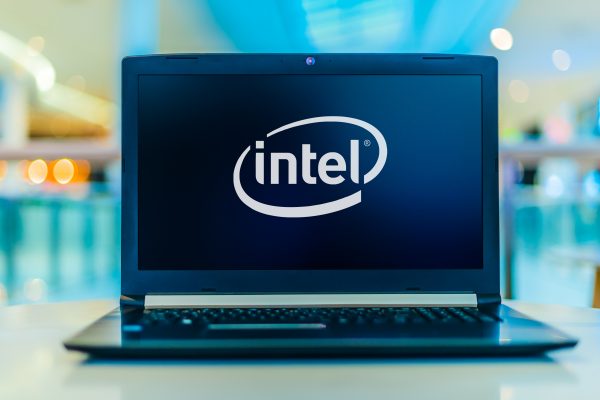

Memory Cards
Flash Memory Card – Best Ones Created By Intel
Modified: December 6, 2023
Intel's Flash Memory or Micro SD Cards are the ONLY emerging solutions for storage needs of users.Get your hands on the BEST MEMORY CARDS created by Intel.
(Many of the links in this article redirect to a specific reviewed product. Your purchase of these products through affiliate links helps to generate commission for Storables.com, at no extra cost. Learn more)
Intel is probably one of the most popular names in tech. Particularly, Intel’s Flash Memory or Micro SD Cards are now the emerging solutions for the storage needs of a user around the world. And Intel has worked for over a decade to make sure that they remain the best vendor of the software and hardware needs of computer manufacturers.
Just like excelling in almost every other segment of computer technology, Intel excels in memory too. And when it comes to memory, Intel offers a series of flash memory products that provide a boosted convenience and scheduled space to users.
So what is a flash memory card used for? A flash memory card helps you in solving capacitive problems. Intel’s cost-effective flash memory cards’ series brings file storage advantages for FlashFile(TM) for computers of electronic and embedded systems. With low costs, high productivity, and extended battery life, Intel continues to be a reliable vendor of flashcards. Today, these flashcards are a significant part of every user’s preference.
Top Flash Memory Cards Created By Intel
1. Series 100 Miniature Cards
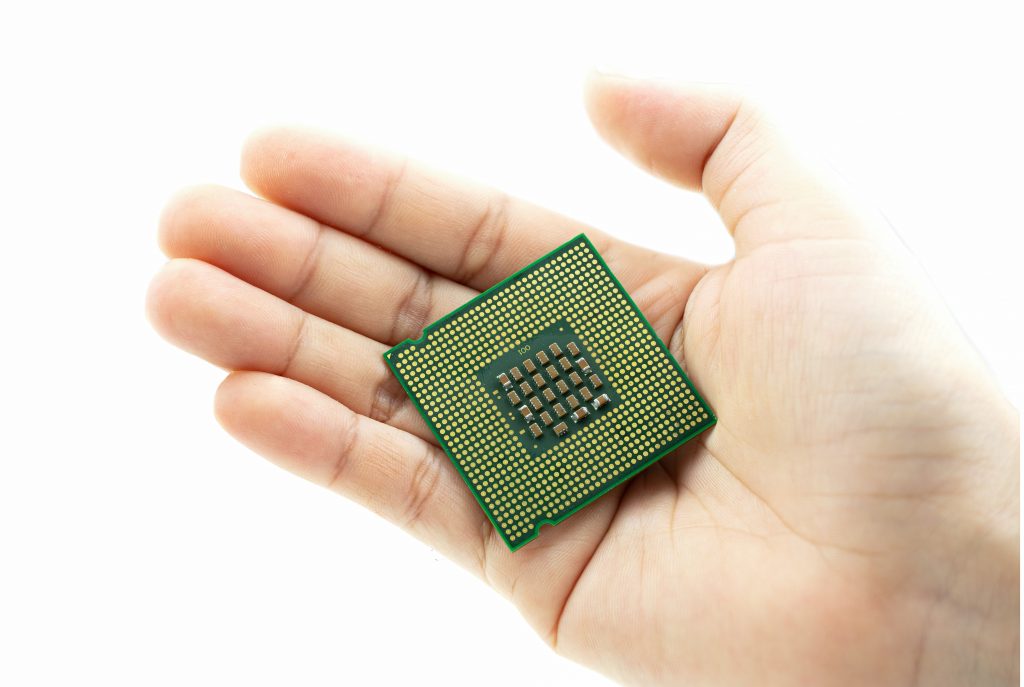
The intel’s brand new flash memory card form factor is the series 100 miniature card. It is one of those initial productions of Intel that took its audience by surprise. Evidently, it was a tremendous and evolutionary innovation.
Series 100 was introduced to bring the convenience factor to electronic user systems. It turned out to be a pleasant upgrade in electronic technology, and the users who craved the idea of a memory stick loved the initial development of Series 100 Miniature cards. These are available in 2 and 4 megabytes of densities. Luckily, this series is very affordable and cost-effective. It is designed to counter the problem of immobility. Therefore, this series fits the structure well-enough to be portable for consumer electronic systems.
Some of the great uses of this memory stick include the storage of heavy audio recording, handheld computer processing, digital photography, wireless communication, and other such stuff. All this is available for consumers at a low cost, within a compact production.
The Series 100 works on the basis of an x16 linear array of Intel 28F008SC FlashFile memory devices, these devices should support at least 3.3V and 5V read and write operations and automated suspend options. Though when the Series 100 is used with host-based filling system software, such as Flash Translation Layer or FTL, the series offers the compatibility of the system user file across a vast range of systems.
Although the card was first promoted in 1995 and instantly got critically acclaimed, Intel continued to provide successions. As of 2020, these cards are no longer in current manufacturing. But it can be obtained from various marketplaces and tech shops.
2. Value Series 100 PC Cards
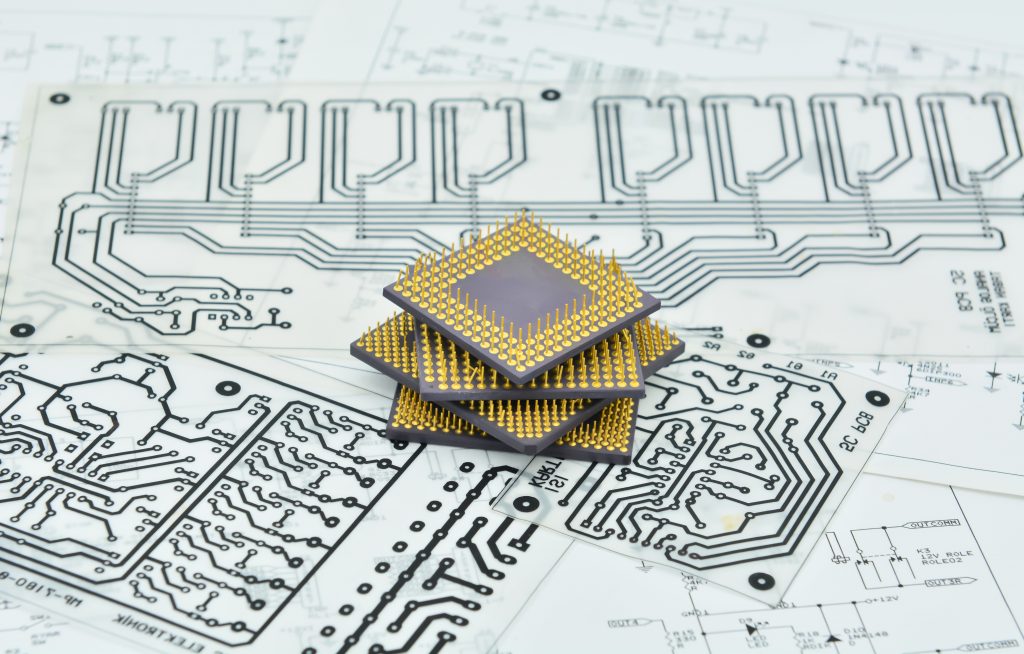
A new addition to the series of flashcards produced by Intel is Value Series 100 PC Cards. This new series, much like the former one, is a low-cost product. One of the significant advancements of Value Series 100 is its solid-state storage solution for code and data. This product proved to be a higher performer in terms of disk emulation. The series is affordable and designed with cost-effectiveness in mind.
The Value Series 100 is available in densities of 2, 4, and 8 megabytes. The series is mostly and ideally structured for industry-oriented applications, like network navigation, switching, mobile computing, and such stuff. If the Value Series 100 is combined with file management software, like FTL, it will provide even higher performance.
Value Series 100 Flash Memory PC Micro SD Cards can be used simply as an x16 linear array of flash devices. Form factors of PC Cards offer an industrial standard pinout, along with the removable linear flash memory and the enhanced ability to upgrade the electronic system and its software without making any changes in board layout. To be specific, Value Series PC Card’s functionality works on the basis of Intel’s 8-Mbit FlashFile memory.
Overall, it’s an excellent tool for storage optimization. Value Series PC Cards were widely in use, and still are (you can get them from any tech shop or online computer-based markets), it was incomparable until its high-end successor was introduced.
3. Series 2 PC Cards
The successor on this list is Series 2 PC Cards; it is an intel’s second-generation Flash Memory Cards for the personal computer. This series was similar to its predecessor, but not entirely. It consists of some of the unique capabilities. Apart from all of its qualities like its predecessors, this series actually offers something interesting: block erasure feature. That feature provides nonvolatile, removable storage for data files and applications.
Series 2 Flash Memory PC Cards are available as 2, 4, 10, and 20-megabyte densities, excluding 8 MB, unlike the previous ones. And like the previous ones, it is also ideally suited for industry-oriented applications. Industrial application means operations like network routing, switching, and ubiquitous mobile computing. Similarly, when it is combined with file management software like FTL, it performs disk emulation with higher abilities, even for rugged environments and applications. Intel’s Series 2 Flash Memory PC Cards’ functionality is based on Intel’s 8-Mbit FlashFile memory, just like its predecessor.
Moreover, each flash memory card of this series comes with a PCMCIA connector, an array of 28F008SA flash memories, which comes with TSOP packaging and card-control logic. This card control logic is a provision for the system user interface to allow the control of internal flash memories. Series 2 notably shows the positive difference between itself and its predecessors, offering more productivity and user convenience in operation.
4. Series 2+ PC Cards
Last but not least, the new addition in the series of Intel’s Series of Flash Memory Cards is Series 2+ PC Cards. This series offers more compaction and productivity in Micro SD Cards as compared to the previous ones. It’s a full-featured line of flash memory cards; it works on 3.3, 5, and 12V operations. Moreover, it is uniquely-designed that blocks lockability.
One of the rare features that it offers is page buffering to provide high-speed writing performance. The latest addition of Intel’s Series 2+ PC Cards are available in 4, 8, 20, and 40 megabytes of densities. Being versatile incapacity, this memory card is an ultimate solution for your embedded and electronic systems.
It goes without saying that the cards in this series are lightweight, and their productivity is not compromised because of that factor. Series 2+ PC Cards have extended battery life, that stays strong even in the harsh software environments. There is a noticeable upgrade in the functionality of the Series 2+ Flash Memory Cards for PC; their work is based on 16 and 32-Mbit FlashFile memories. Each memory card of this series comes with a PCMCIA connector.
Moreover, it also features an array of 28F016SA (i.e., 4 to 20 MB) and 28FP32SA (40 MB) flash memories. All that covered in TSOP packaging, with card control logic. As it is explained in the predecessor’s bio, the card control logic is a provision of the system user interface that beautifully controls the internal flash memories.
This product is not less than a brilliant masterpiece of technology. Intel’s Series of Flash Memory Cards has never been disappointing, and Series 2+ PC Cards prove that it will remain that way.
Things To Consider When Buying A Flash Memory Card
There are a few factors that you need to consider before you buy a flash memory card reader. You do not want to buy the wrong thing and worry about it later. The wise decision would be to first stress about the factors, then opt for the best one.
Size
First of all, there are different flash memory card types. Physical size should be something you should keep in mind. Memory card sizes are different. It is important that your device has the same size as the memory card reader. From compact flash memory card to big there are different sizes available in the market. Therefore, make sure the size of the card you’re buying matches the size of the card port on your device.
Format
Secondly, the card format is another consideration you need to take into account. The card format is a frequent cause of incompatibility issues. The different memory card formats are SD, SDHC, and SDXC. All the devices do not support all formats. Different formats work in different ways. Therefore, you have to opt for the one that is supported on your device.
Storage Capacity
One more factor that you must take into account is the storage capacity of the Micro SD Card. The reason you buy a memory card is to get an additional amount of storage. People often go for the cheap ones and, thus, get the one with a minimum storage.
Actually, you must opt for the one with maximum storage capacity. It will not only provide you with adequate space but will also be convenient for your future storage needs. Otherwise, you will be forced to buy another one in the future if the need occurs, and you won’t have any additional port for that.
A memory card’s working speed often goes unnoticed, but it is also an important thing to consider while buying a memory card. The speed of the memory card refers to the reading and writing speed of data with the memory card reader.
You must check out the speed you require, and look up the card with sufficient performance speed. Some other things that you should consider are the support of write/erase cycles, Mean Time Before Failure or MTBF, and the brand of the card. Considering all these things before opting for a card will, hopefully, never make you regret your choice.
Read more: 10 Best Camera Memory Card Brands To Go For
Final Thoughts
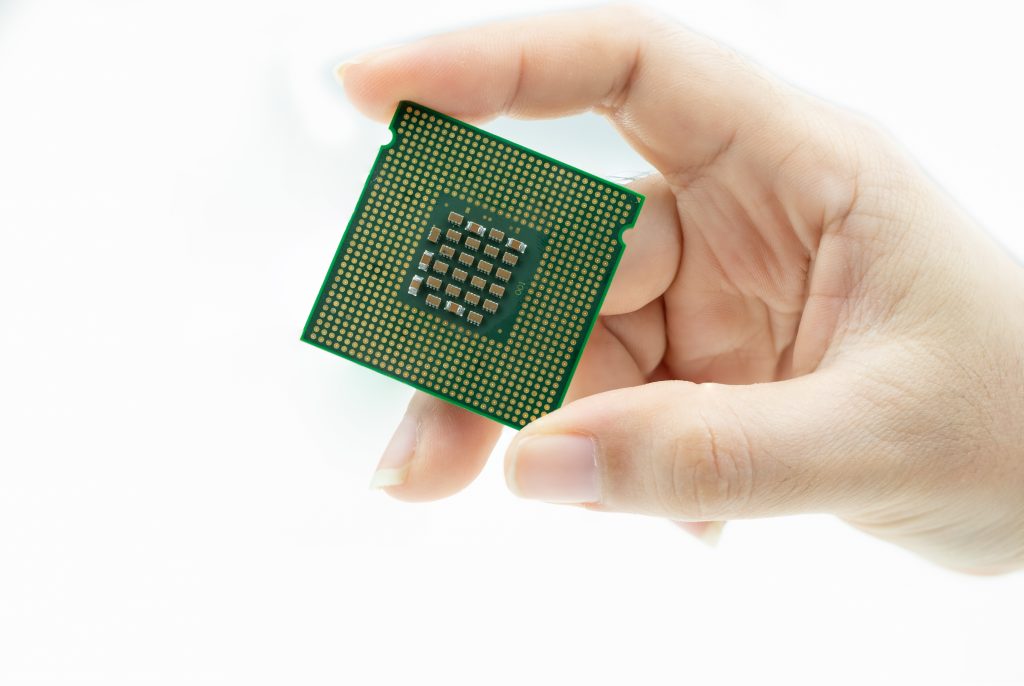
While deciding to insert the flash memory devices in your system, looking at a series of Intel’s Flash Memory Card would be a wise decision. It gives your memory a boosted schedule. We’ve provided you a summary of features of all of the (four) Intel’s Flash Memory Card Series. It can solve your problems with process development and improve productivity.
As we all know, Intel’s work with software and hardware vendors is exclusive and extremely innovative. Whether it is an in-system upgrade or software file, Intel never disappoints. Therefore, an Intel’s Flash Memory Card Series is a trustworthy investment. Intel continues to provide Flash Memory tools suitable for almost all your applications. Since these flashcards by the world’s leading hardware company are pocket-friendly, opting for them would be a perfect choice.
Was this page helpful?
At Storables.com, we guarantee accurate and reliable information. Our content, validated by Expert Board Contributors, is crafted following stringent Editorial Policies. We're committed to providing you with well-researched, expert-backed insights for all your informational needs.
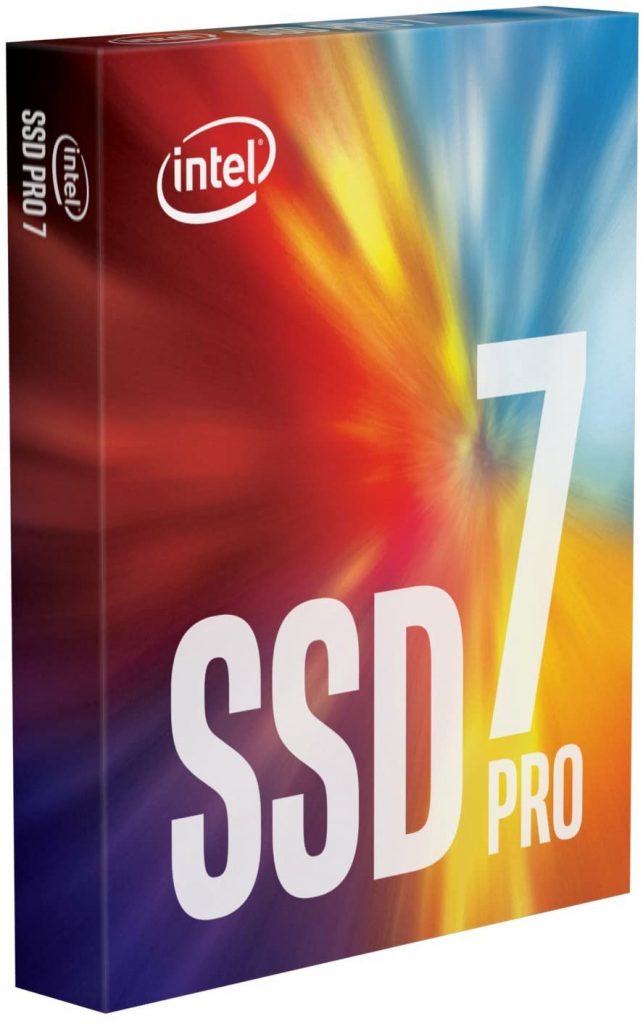




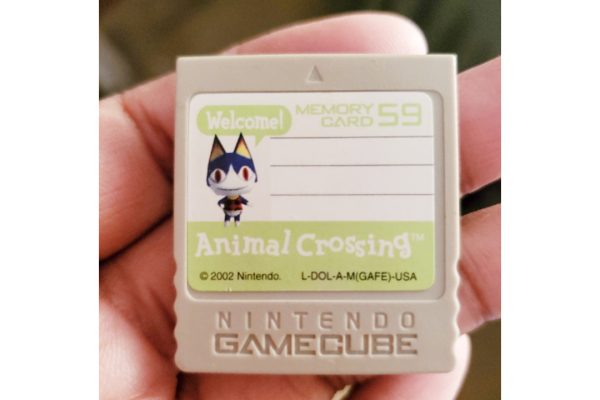
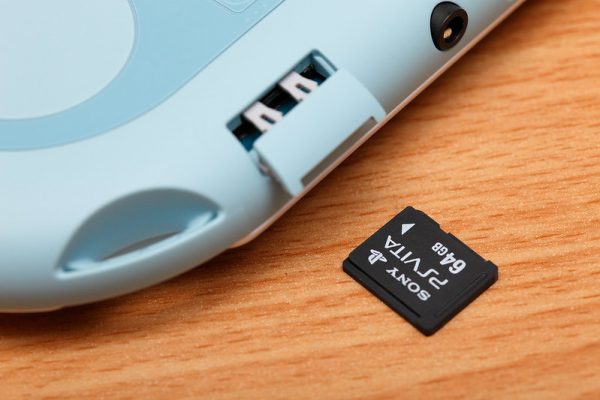
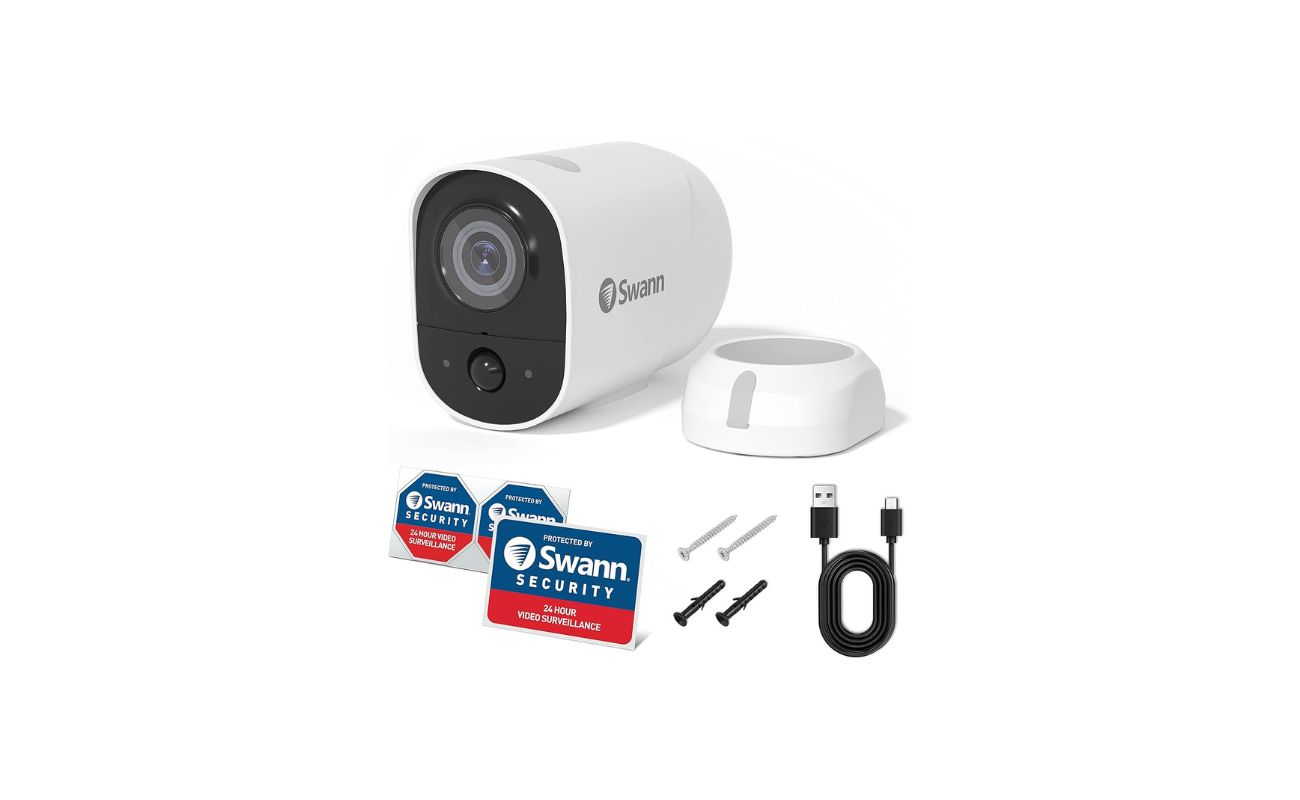
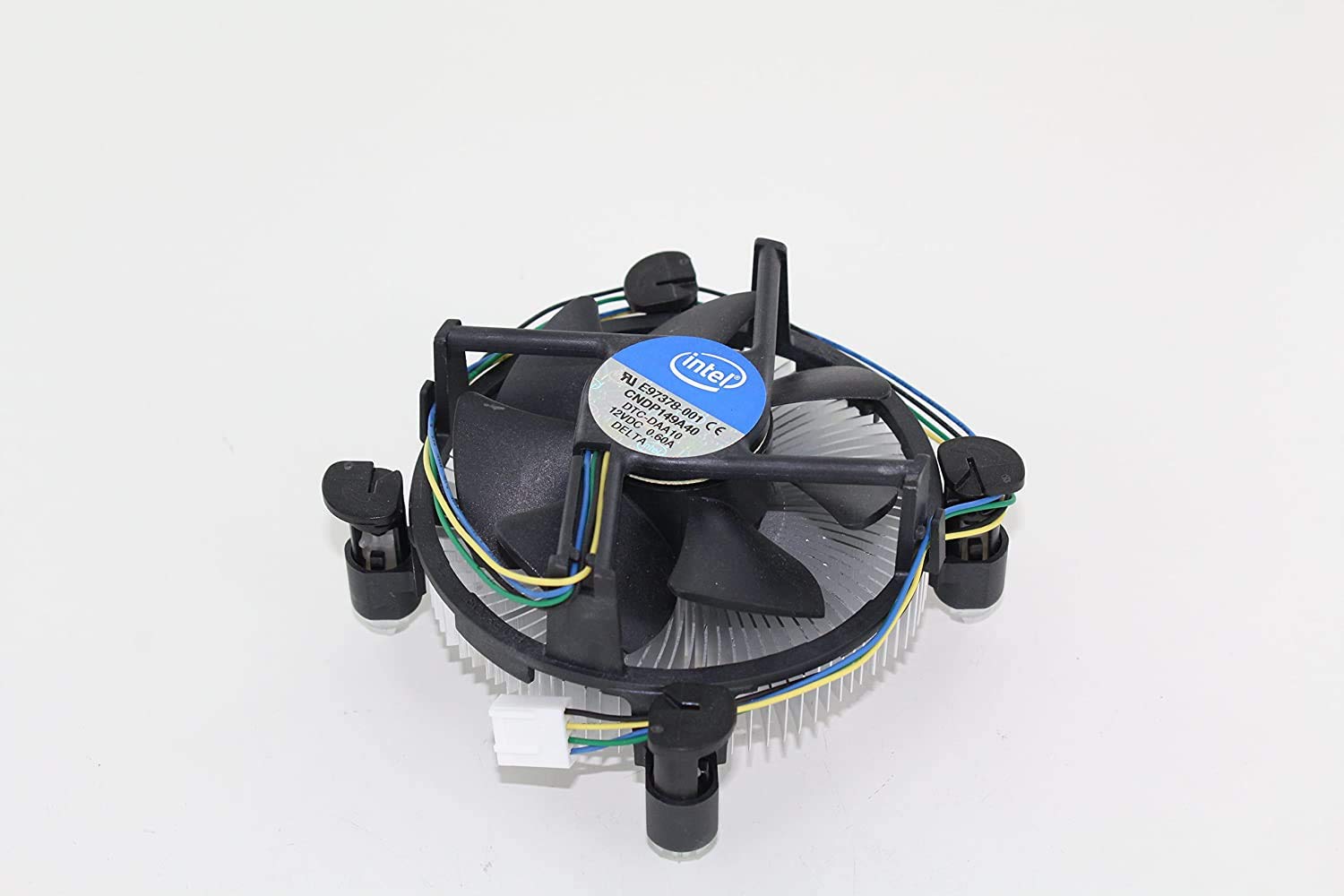


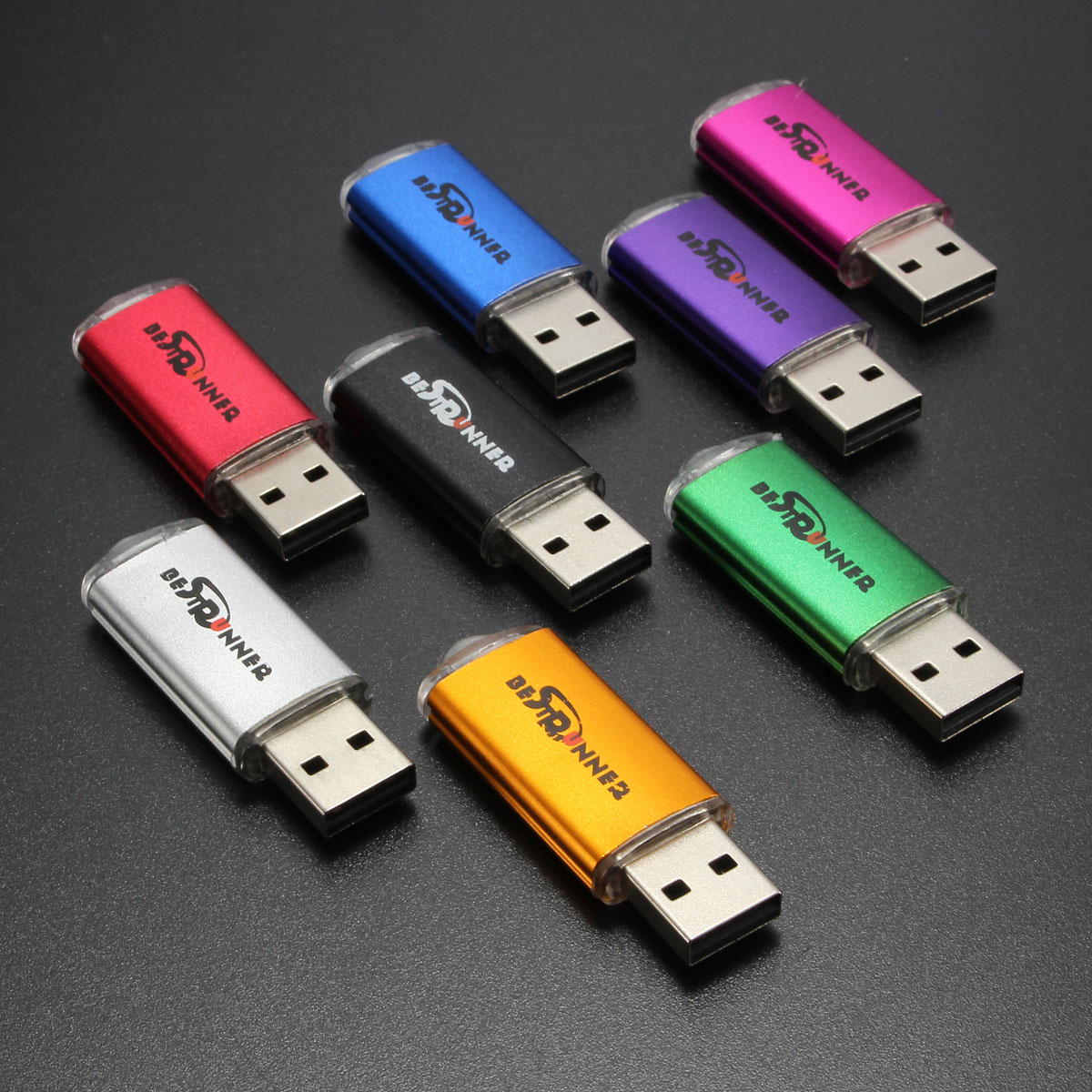
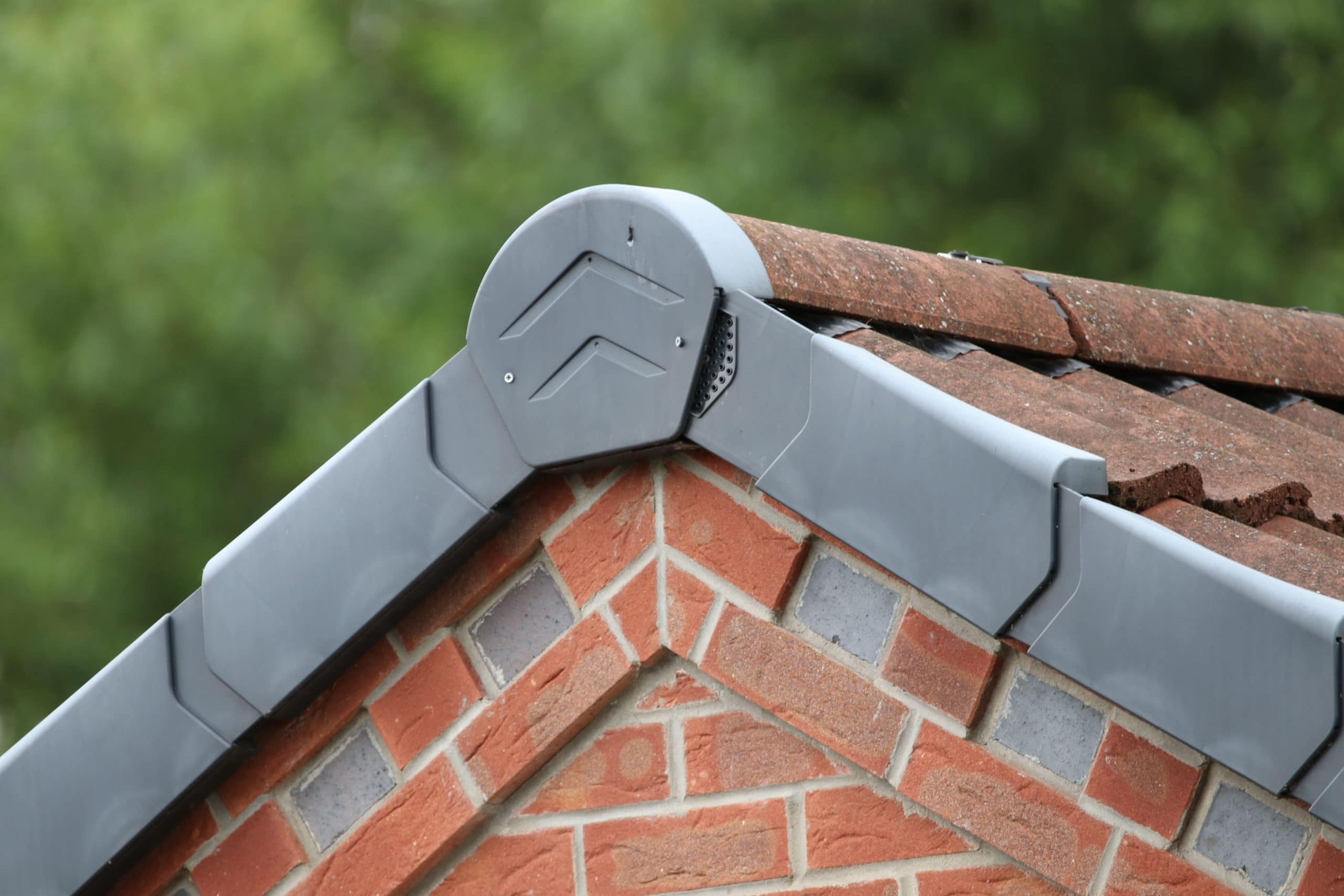
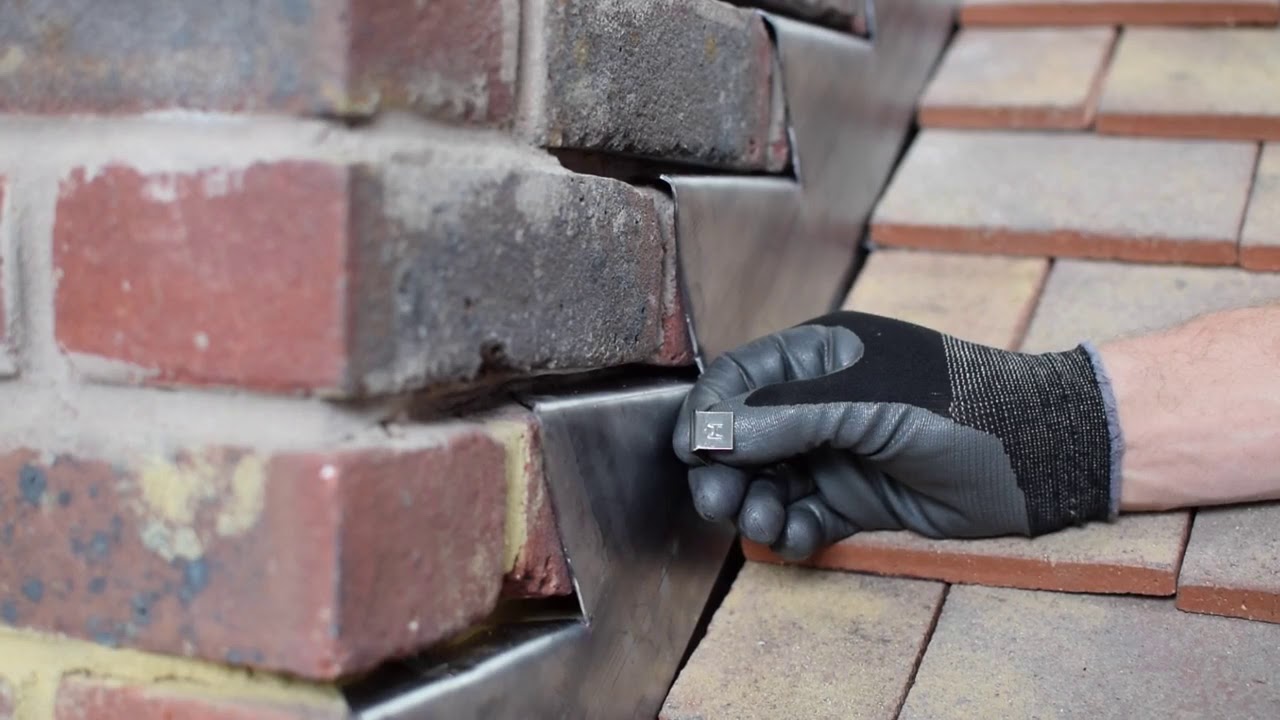

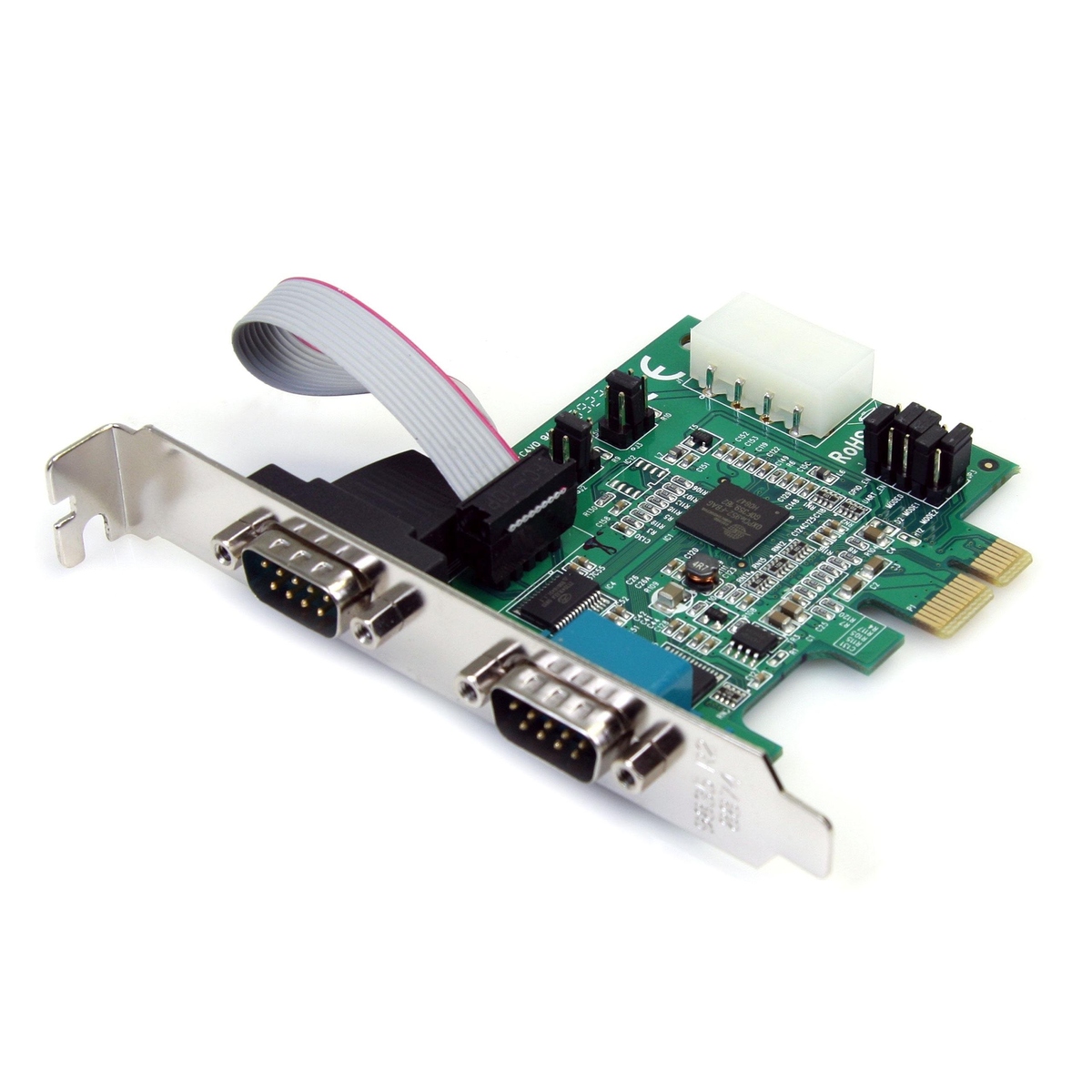

0 thoughts on “Flash Memory Card – Best Ones Created By Intel”